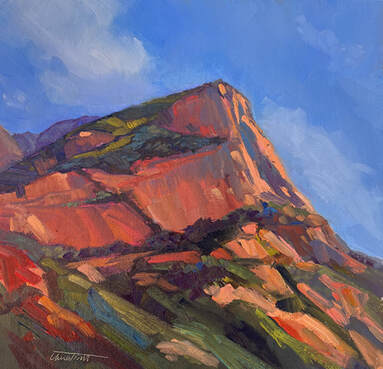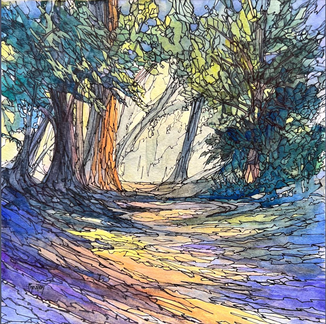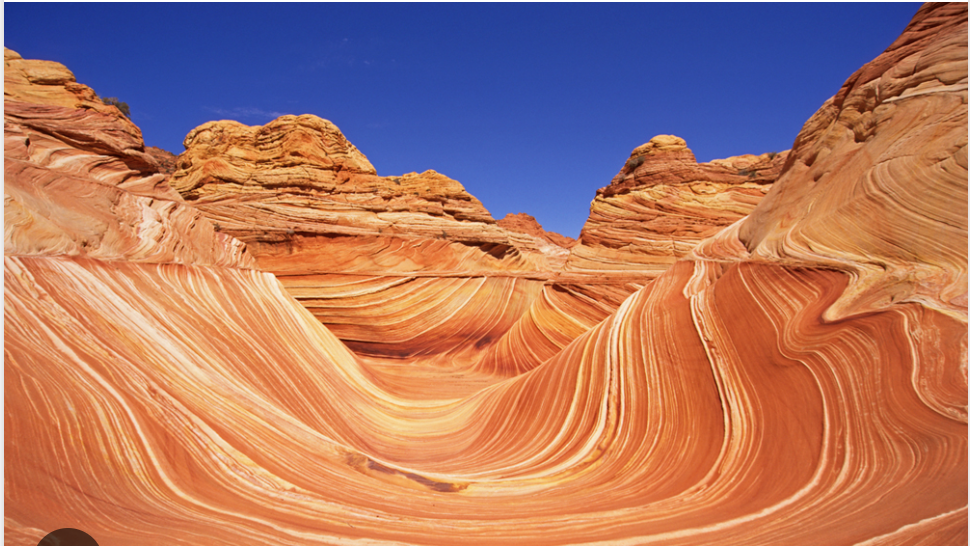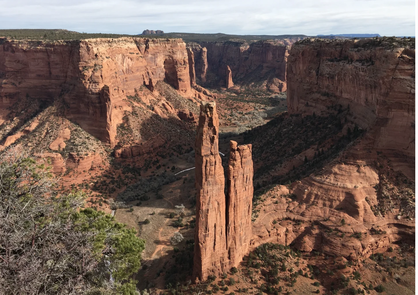Blog
|
Mary Bentz Gilkerson, a wonderful mentor and friend, first introduced me to Casey's work within her Art Work Living Group. Mary has since passed, which is a great loss to everyone who knew her. However, her spirit and work continue with fine artists like Casey. Primarily an plein aire oil painter, she jokingly said she dabbles in watercolour, then caught herself by saying "I teach this stuff" so maybe more than dabble. Casey teaches with local art leagues, demo's for art and veterans groups, private and multiple student lessons and within Yosemite National Park for the Yosemite Nature Conservancy Group. In Yosemite Casey is teaching largely watercolour classes and community access programs, which are free of charge, usually one day workshops. Happy Isles is the location within the Nature conservancy which is a lovely place to visit, even if you are not painting. Participants can either bring their own materials or purchase materials on site. They paint predominantly in watercolour. The way that she teaches is a watercolour with a line drawing overlay. Abstract watercolour with a more illustrative line drawing over top of it. "I can't even draw a stick figure." That's not an uncommon thing for 'baby' painters to say and in fact those folks don't often come to class unless they are coerced by a loved one. Casey encourages them to just go out and have some fun, experience nature. This year in Yosemite Casey is offering a three day workshop focused on a plein air retreat in partnership with the Yosemite conservancy. This is geared towards those who have some experience with plein air techniques and might be a bit of big bite for someone who hasn't painted plein air before. For more information you can click here to see the details. What do you see from the student who comes to learn from you that is valuable? I started this exploration because I wanted to learn to paint. It really is a rabbit hole. The more you get going the more you realize there is so much to explore. I show and compete as well as produce private and corporate commission. I am still learning. I was just awarded a scholarship from Scottsdale Fine Art School. American Plein Air Painters has brought in four amazing teachers to work with and a trip to Vermillion cliffs after the workshop. "I'm a big believer in lifelong learning. It keeps you sharp, staves off boredom. I love the minutiae of figuring out the details in things. With painting the discovering is endless." What pushed her into teaching is that in her pursuit of creating paintings that are more archival, she put on her university hat and started looking things up. She was reading, investigating with the desire to make something that will last. Through her education people started to ask her questions so she created a specific page on her website for gear and best practices. People began to see Casey as maybe not an expert, but more of an expert than they are. "I feel like, in my teaching, I am a door opener for her students. Sharing the knowledge that I have gained along the way. When they begin to perceive what is in front of them, because oil painting is a bit more complex a process, they either 1) run away, or 2) they get really dialed in. "How do you do that?" Let's spend the next 20 years of our life figuring that out." Then it's like finding your tribe, in a room full of people, who suddenly have discovered that there is a world of colour and light and a world of exploration ahead of you. You never stop discovering. I don't think there is ever a painter who has said, that's it, I've learned all I have to learn. What are you personally fascinated with? Oh gosh, for me, it's the sense of mastery that gives me great satisfaction. When I have a painting and I say "damn, I did that." With baby beginner artists Casey encourages them to learn two things. 1) to draw, if they want to work in realism at all. 2) be relaxed about what they are doing. It doesn't need to be terribly complicated. A lot of what Casey does is outdoors, on the fly, and you don't have the leisure of time often. Versus in the studio when you have all kinds of time. Paintings have stages. They start out with inspiration and the initial marks, and they gradually move into the 'messy middle' where things grind to a halt and feel a bit more complicated. When we push past that point there is such valuable learning. Plein air is done onsite, ala prima, in one sitting, or revisited a few days later versus taken back to the studio and completed. These pieces are relatively small 4x4 up to about 8x10. There is a thing now where people are doing large plein air pieces. That's not where Casey is at. Casey works with Raymar boards, Source Tech, or creates her own. She does not use stretched canvas much unless it's a bigger piece. A recent commission was created on a 30 x 60" Aluminum composite material from Raymar. It is a legacy piece because the substrate is so stable. "As long as I can see and hold a brush, I can't imagine myself not doing this. You feel compelled to continue creating. It's our purpose to answer this creative calling. It is a responsibility." "Again there is another reason that I work hard... I have a number of students say "you are the hardest working artist that I know." Why are doing so many things? Because I can. This is the hurrah for me, I hate to say the last hurrah, but this is a hurrah. I'm in my 60's and I want to put as much into this as I can." If you are just in the studio that can be a bit confining. Having community and other interests is important to keep the creativity fresh. You have to keep refilling the well, it doesn't just come through the ether. I think it snowballs, you get a bit known in certain areas, developing your voice as an artist, and you have to stay open to new experiences and continue to explore. The art that you/I create would not exist if we didn't create it. That's what Mary Bentz Gilkerson would always say, "be the best YOU that you can be" Honestly it's not always, go, go, go. However there is a certain amount of energy that is needed to keep the creativity going. Some days it's cleaning the studio because those spaces need attention to. Sometimes the creative act is cleaning the studio. Some really well known artists studios are a bit terrifying by how disorganized they are. "There are about 5 different mediums/interests that I have with all the gear that accompany each, all within my little studio space. I also have a brush addiction. "I love Rosemary brushes." I tell my students to buy Rosemary brushes because they are good quality, they are going to last forever, if they are taken care of. I can be hard on them and I do like having a nice new clean brush to work with. " Real art versus Ai Ai is on a screen, always digital. When you stand in front of a painting that moves you, it's a soul to soul connection. You don't get that from Ai. You simply cannot get that same connection from something created by a computer. Mark Maggiori takes his subject out on location and interacts with the real person, in the real landscape. Those connections translate into the images that are created. "That's why I'm so drawn to plein air because there is something visceral that happens when you are experiencing the thing in real life. We recently went to Spider woman rock and it was so incredibly windy that my glasses are sandblasted literally from the sand blowing around. " When I came home I had some paintings that weren't that great, but when I looked closer I found that there was actually sand stuck to the painting. What I did get was the experience of being in Canyon de Chelly, looking down at Spider Woman Rock, the smell and definately the feel. All that went into the paintings that I did. One sold immediately. The collector who bought it worked for the Indian Services in the area and he remembers looking over the edge at Spider Woman Rock. It was the same day they found out they were expecting their first child. The collector said he wanted to buy the painting to give to his daughter who just bought her first house. Very cool. There are times when I have a collection of works that I'm not happy with it, and I will, once a year or so, have a burn. Literally burn the pieces I'm not happy with. I know some people are offended by that. Rather than sell seconds, or something that I'm not happy with, I would rather get rid of them. Painting is definitely a rabbit hole. There are so many direction you can go, if you want to explore. You can stick to one medium or master several different mediums. How will you know if you reach Mastery? Yo Yo Ma, if I remember correctly, one of the premier cellist in the world, still practices several hours each day. An interviewer asked him why are still practice as much as you are and his response "I'm seeing some improvement" How do you know when you get to mastery, "I don't think it's over till it's over. I don't think you ever really know." Why do you paint? To facilitate a connection with the wild places in our world and the creatures that call it home. Here is Casey's website if you'd like to take a closer look https://www.caseycheuvront.com/ |
Loading... Archives
June 2024
|
|
Join my VIP email list. First access to new work. Relevant content only, spam free. ↓ |






